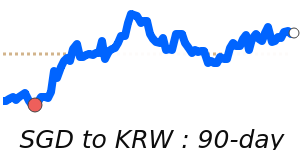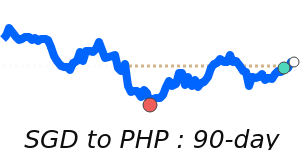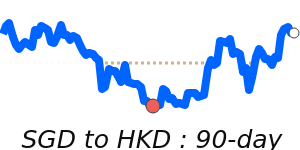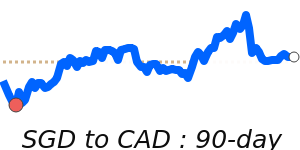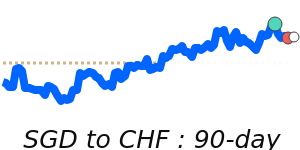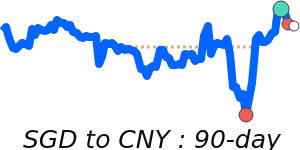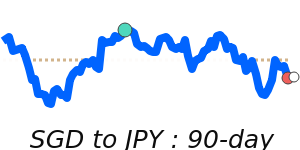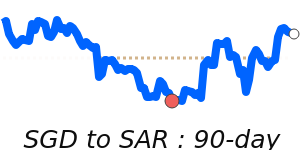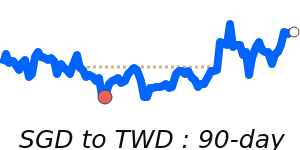As of December 2025, the Singapore Dollar (SGD) is experiencing a cautiously optimistic outlook, influenced by recent monetary policy adjustments and positive economic growth projections. The Monetary Authority of Singapore (MAS) has made key decisions throughout the year, including two rounds of monetary easing. In April, MAS reduced the appreciation rate of the Singapore Dollar's nominal effective exchange rate policy band due to global uncertainties. Despite this, MAS maintained its stance in July and October, emphasizing resilient economic growth.
Private-sector economists have raised Singapore's growth forecast for 2026 to 2.3%, up from a previous estimate of 1.9%. This upward revision is linked to strong performances in non-oil domestic exports and the manufacturing sector. Additionally, MAS has projected a moderation in core inflation in the near term, with expectations for a slight increase later in the year due to the easing of temporary inflationary factors.
Recent exchange rate data shows the SGD to USD trading at 7-day lows near 0.7772, which is just 0.7% above its 3-month average of 0.7717, indicating a relatively stable trend. The SGD to EUR is aligning closely with its 3-month average at 0.6624, while the SGD to GBP is slightly below its average at 0.5779. Conversely, the SGD to JPY is performing well, trading at 121.9, or 2.4% above its average of 119.1.
Experts from the Financial Forecast Center state that the SGD to USD exchange rate is projected to average 1.302 in January 2026, suggesting a gradual appreciation trend over the year. Overall, the combination of MAS's policy decisions, encouraging economic forecasts, and stable inflation expectations indicates a positive trajectory for the SGD in the near future, which could benefit importers, exporters, and travelers alike.





